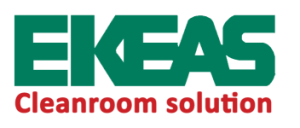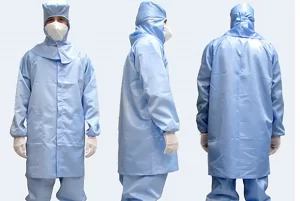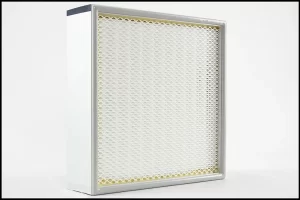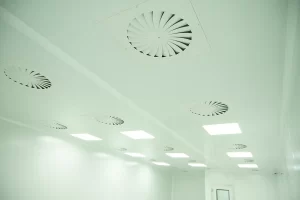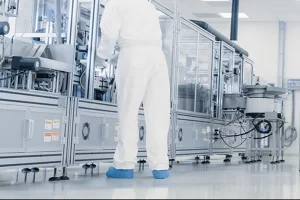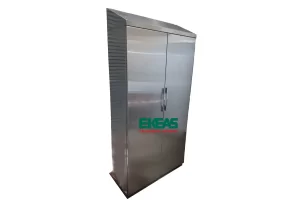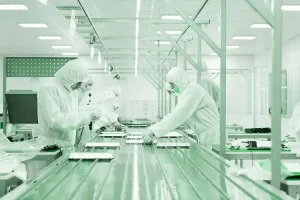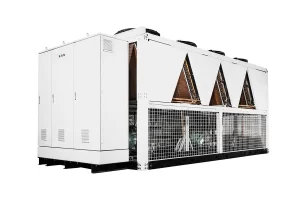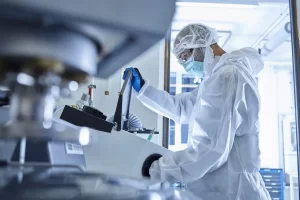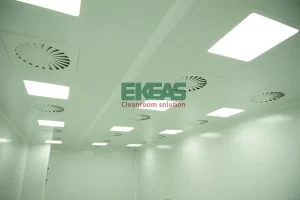
History of cleanrooms
Cleanrooms are a key technical factor in the overall strategy for controlling contamination of pharmaceutical and healthcare equipment. Cleanrooms are designed to protect products, personnel, and equipment from the adverse effects of contaminants by creating controlled, clean (cleanroom) areas. Cleanrooms are used in a variety of sectors, including microelectronics, semiconductor manufacturing, industries that utilize micromedicine,
